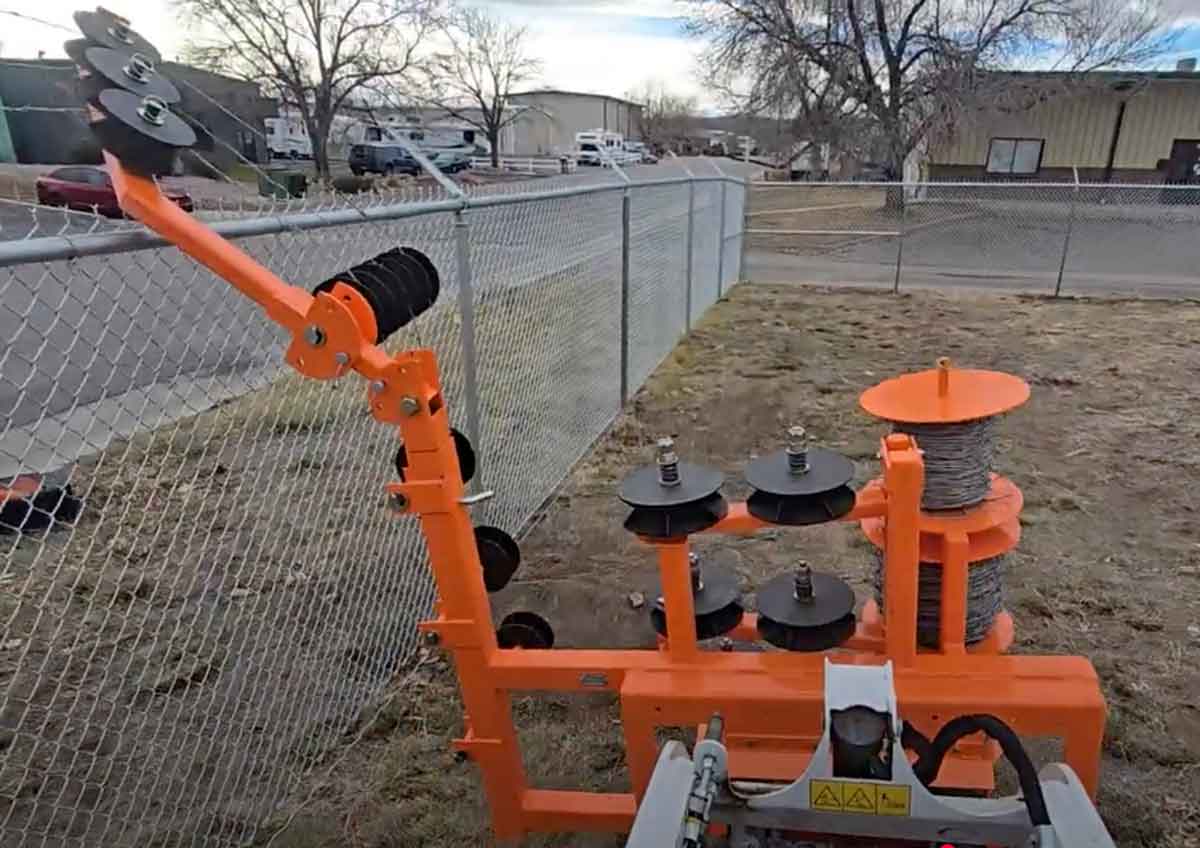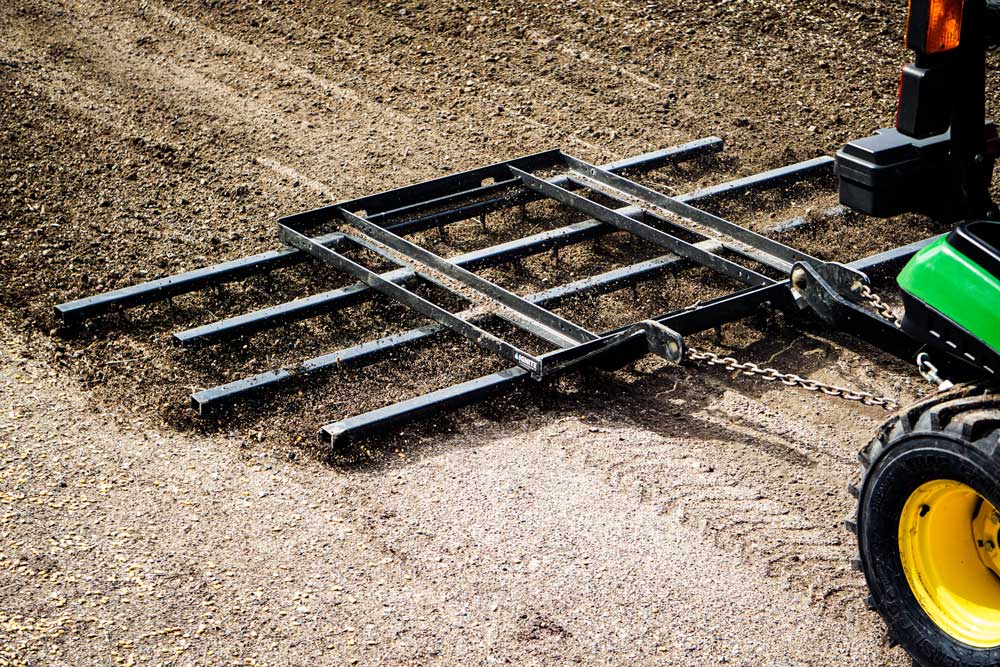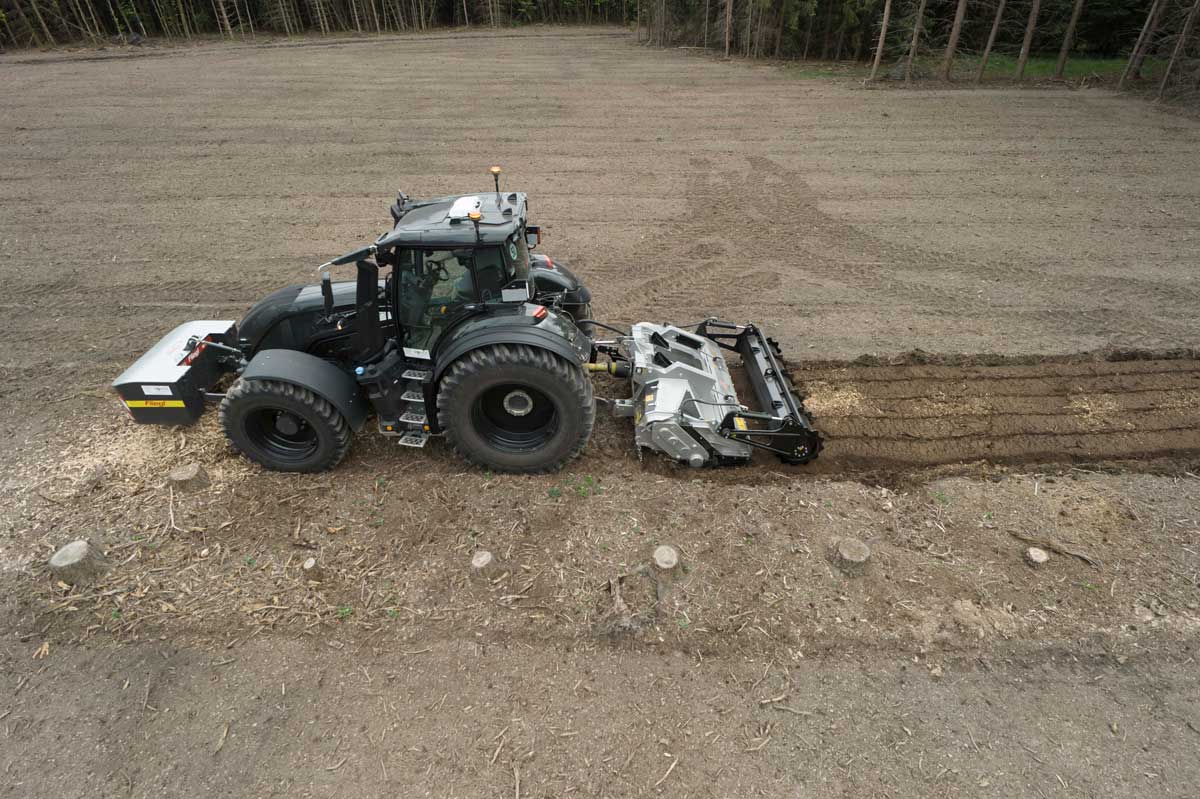Don’t Fence Me In: Spec’ing the Right Auger for Your Compact Track Loader

There’s a sweet spot with every carrier/attachment pairing — an ideal match between tool and machine that optimizes performance and efficiency. Stray too far to one side or the other, and you risk hurting not only your bottom line but your compact track loader as well. When it comes to spec’ing the right auger for your project, it’s important to know your carrier and your project. Here are three tips to keep your auger choice from fencing you in.
Know What You’re Digging Into
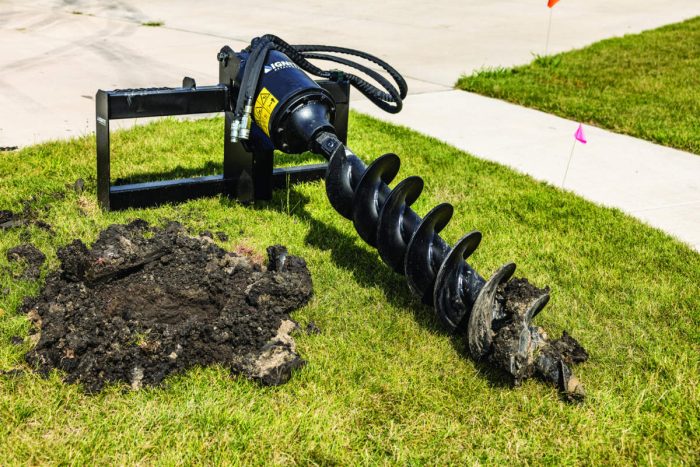
Before you start sizing out augers for your compact track loader, stop for a quick geology lesson about your local area. Every job will be different, but knowing the general characteristics of your coverage area will help you select the best auger for your intended use.
Do you have relatively sandy soil or are you dealing with clay or rocky conditions? Augers with a classic-drive system provide productive torque ratios at any rpm. This simple design provides fast, deep holes in tough soil conditions including clay, small rocks and frozen ground. Fewer moving parts and easy maintenance combine for a low total cost of ownership.
For more challenging digging conditions, including shale, rocky soil, layers of frost, heavy clay, etc., a planetary drive that maximizes torque and power will be a better long-term investment.
It’s also recommended to look for an auger model with self-aligning vertical accuracy. This unique joint between the mounting frame and drive unit ensures straight, vertical holes even while working on contoured, sloped or uneven ground.
Understand Your Carrier
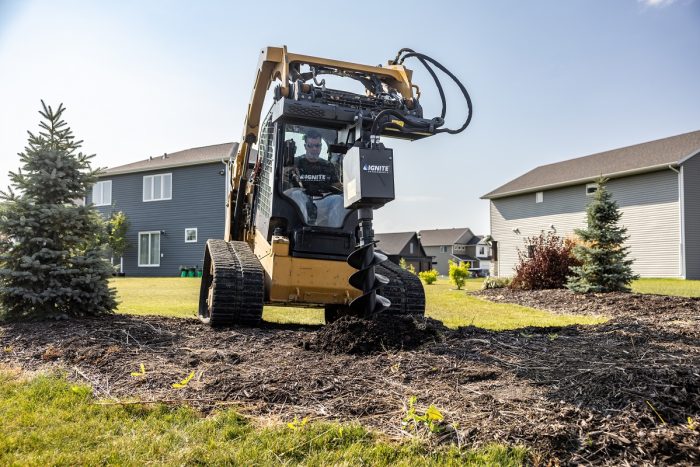
Once you know what kind of drilling power you’ll need, it’s time to size up your compact track loader. Consult your owner’s manual. You’ll want to check hydraulic flow, carrier capacity and overall weight of your setup as it relates to potential downforce. You’ll also want to check your carrier’s lift height to ensure enough clearance for the auger and bit at the start of the project.
There are helpful online tools, like the Fit Finder from Ignite Attachments, that can remove a lot of the guesswork. These are powered by tens of thousands of data points collected from compact equipment manuals across a wide range of brands. Simply enter your make and model, and the tool provides the right attachment to maximize your capabilities. You can also work with your preferred equipment dealer.
Accessorize
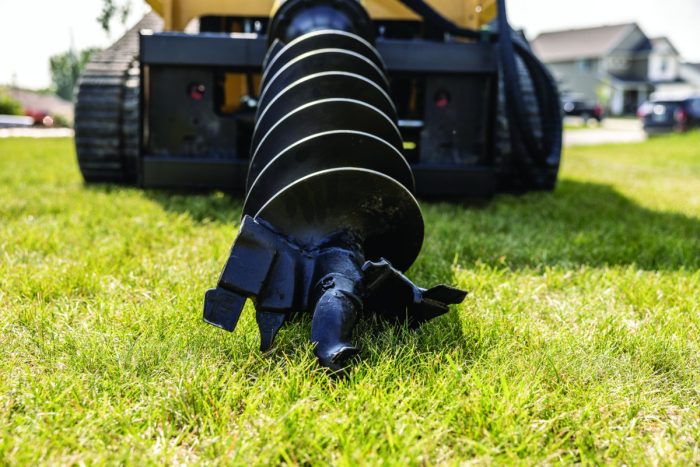
Once you’ve determined the right auger drive unit for your carrier and your general soil profile, it’s time to consider additional tools you’ll need to get the job done. Think about how big you need your hole to be and how deep.
Auger bits come in a range of diameters. The exact size you need will depend on the job at hand, but a general rule of thumb is to size up your bit. For example, if you have a 6-in. fence post, you’ll want at least a 10-in. hole.
Additionally, you’ll want to consider an extension if you’re looking to drill deeper. The standard depth for most augers is 50 in., but with an extension you can get closer to 86 in.
Always Set the Quality Bar High
You get what you pay for with augers, just like any other attachment. To make the most of your investment, look beyond the initial price tag. Work with reputable manufacturers that deliver both quality and service. Features like connect-under-pressure couplers not only make hooking up easy, but they’re also made to stand up to harsh treatment. When it comes to securing the best ROI for yourself or your business, make sure to give overall quality as much consideration as the final price.
Dig into your next project confident that you’ve got the right auger for the job.
Darin Gronwold is a senior product specialist for Ignite Attachments.

